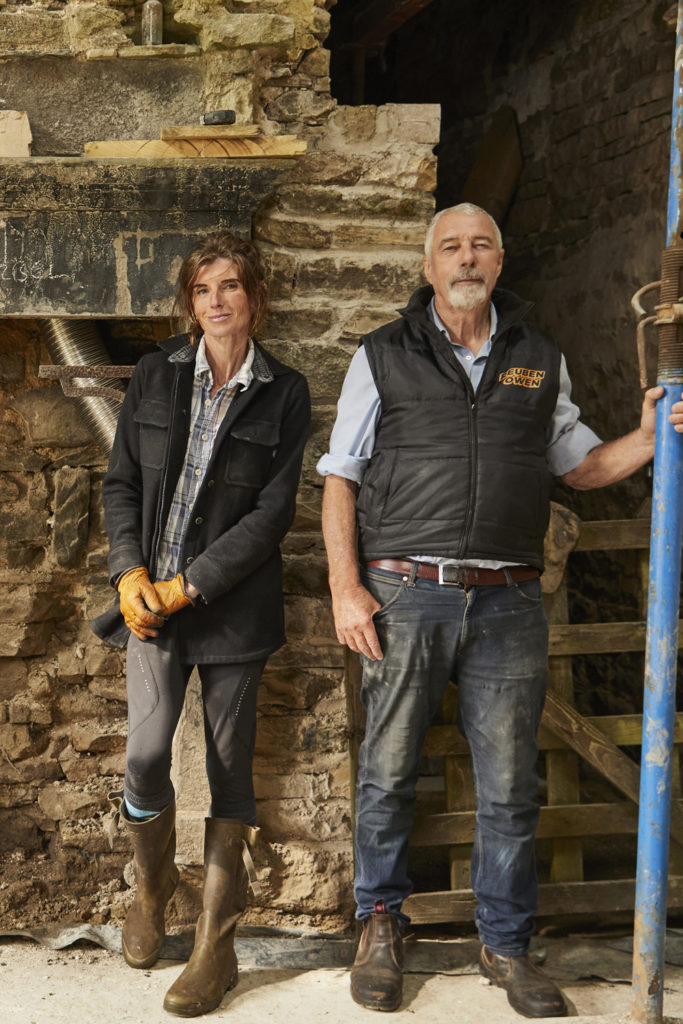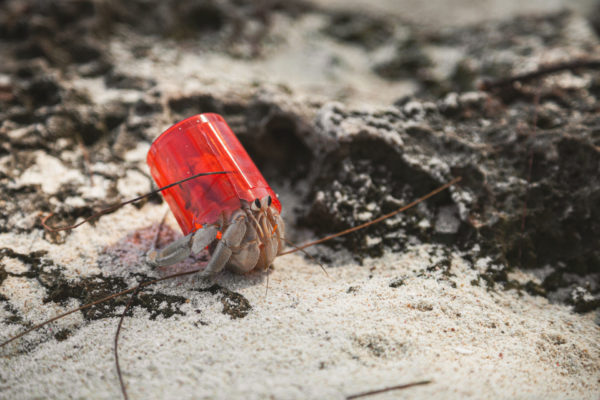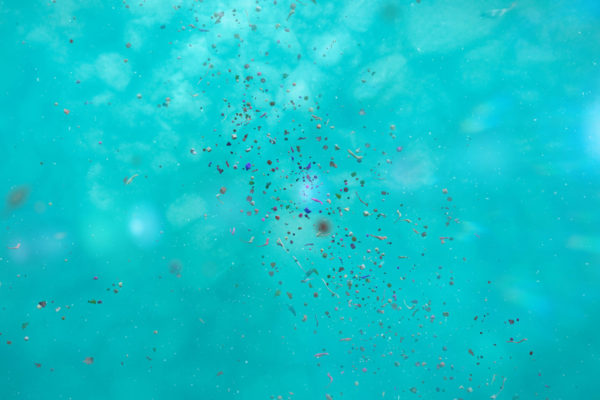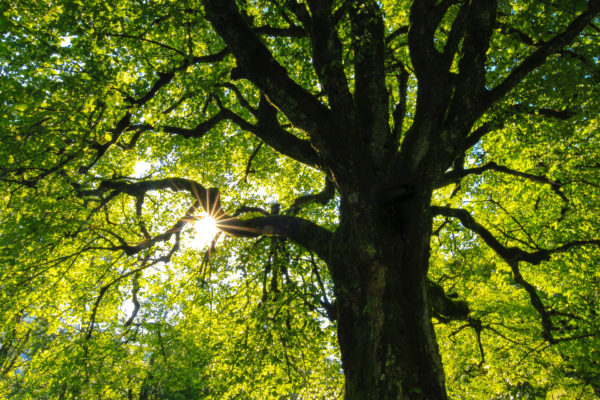Could Oysters Save Our Seas?
By
2 years ago
The latest shell-ebrity in the eco world
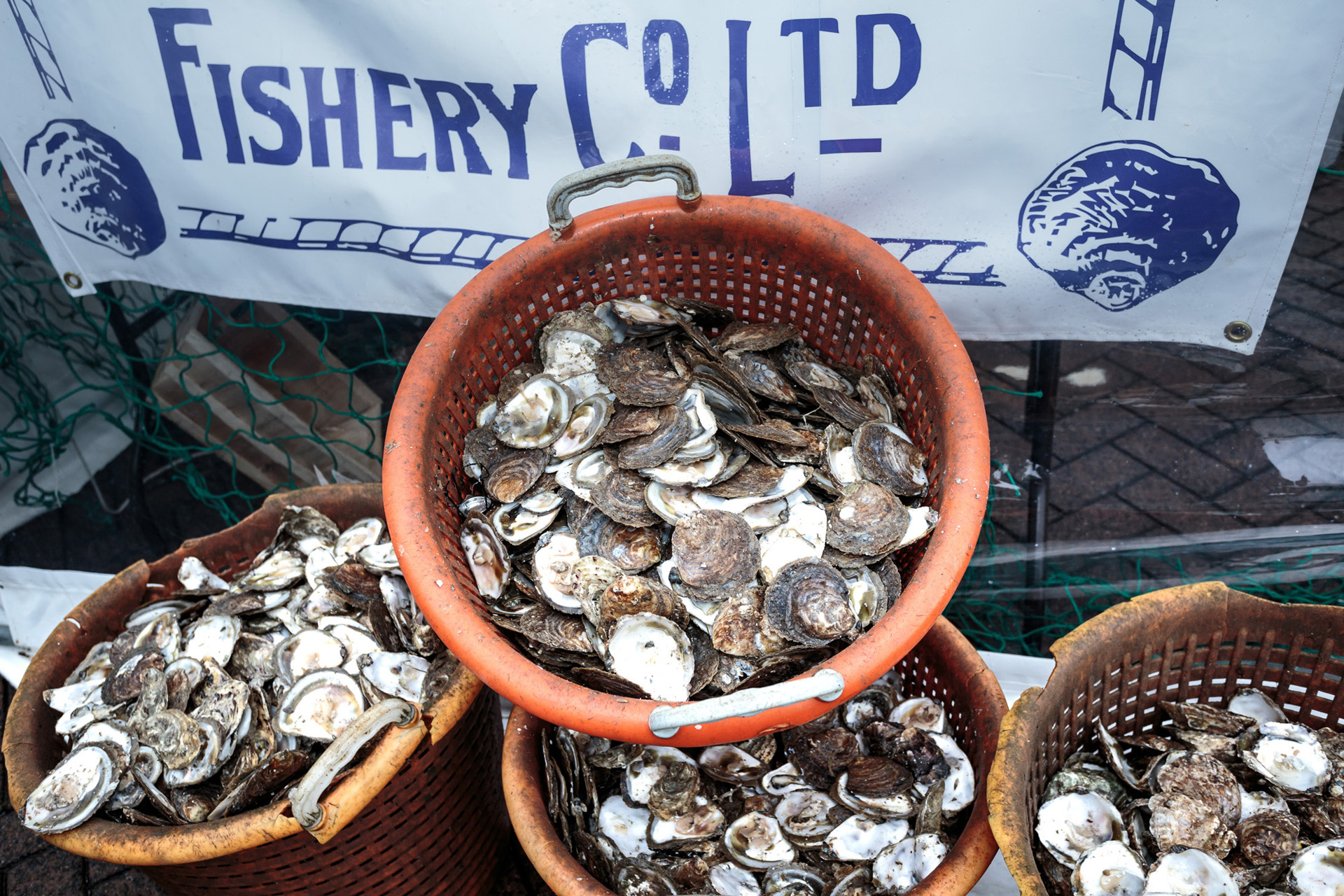
At its simplest, an oyster shell is shucked in half before the slippy meat is poured straight from its rugged case into your mouth, perhaps washed down with a sip of champagne. But what do you do with your oyster shell after you’ve eaten it? Olivia Emily explores a new eco use for oysters: saving our coastlines.
Find More Like This On The C&TH Sustainability Hub
Eco Oysters: Could Molluscs Save Our Seas?
Oysters might hint at luxury these days – pairing nicely with a glass of champagne – but they were once the ubiquitous food of the working class, with plentiful molluscs flourishing on our British coasts, and across the world. Their cultivation has reappeared in recent years – after a 95 percent decline since the mid-1800s due to things like overfishing and seabed trawling – with farms dotted around the British isles feeding the voracious appetite of Britain’s oyster quaffers.
But oysters are also a natural sea defence and cleansing system – and conservation charities are making the most of this. Over the weekend, the Wild Oysters Project released around 10,000 oysters off the coast of Whitburn in north-east England. It’s not a farm, nor is it proposed primarily as a sea defence – in fact, the cleaning quality of the oysters is at the centre of this project.
View this post on Instagram
The Wild Oysters Project released the molluscs onto a man made reef. The reef stretches 7,500 sqm and has been constructed with over 750 tonnes of stones and scallop shells lowered onto the seabed over the last few weeks, according to the BBC. As well as creating a natural wave barrier, as natural filter feeders, oysters nurture healthy ocean ecosystems by absorbing nitrogen into their shells and tissues. According to Rewilding Britain, oysters filter around 140 litres of water everyday. Plus, oyster reefs attract and support the growth of other species, which bolsters those erosion reduction benefits and generally improves biodiversity.
It mirrors a project across the Atlantic: the Coalition to Restore Coastal Louisiana, which uses otherwise discarded oyster shells for coastal defences. The shells attract new oysters and other tiny microorganisms which grow in the shell’s nooks and crannies, protect juvenile fish and feed birds, helping the ecosystem to flourish while also reducing coastal erosion by up to 50 percent.
Back on British shores, the 2023 edition of the Stranraer Oyster Festival promised to recycle the shell of each of every oyster consumed (which hit 12,000 in 2022). Over a tonne were consumed in 2023; the shells have been collected and now they will be cleaned and weathered before returning them to the protected bed on the shores of Loch Ryan next summer as ‘cultch’, reducing waste and creating a valuable habitat for fledgling oysters.
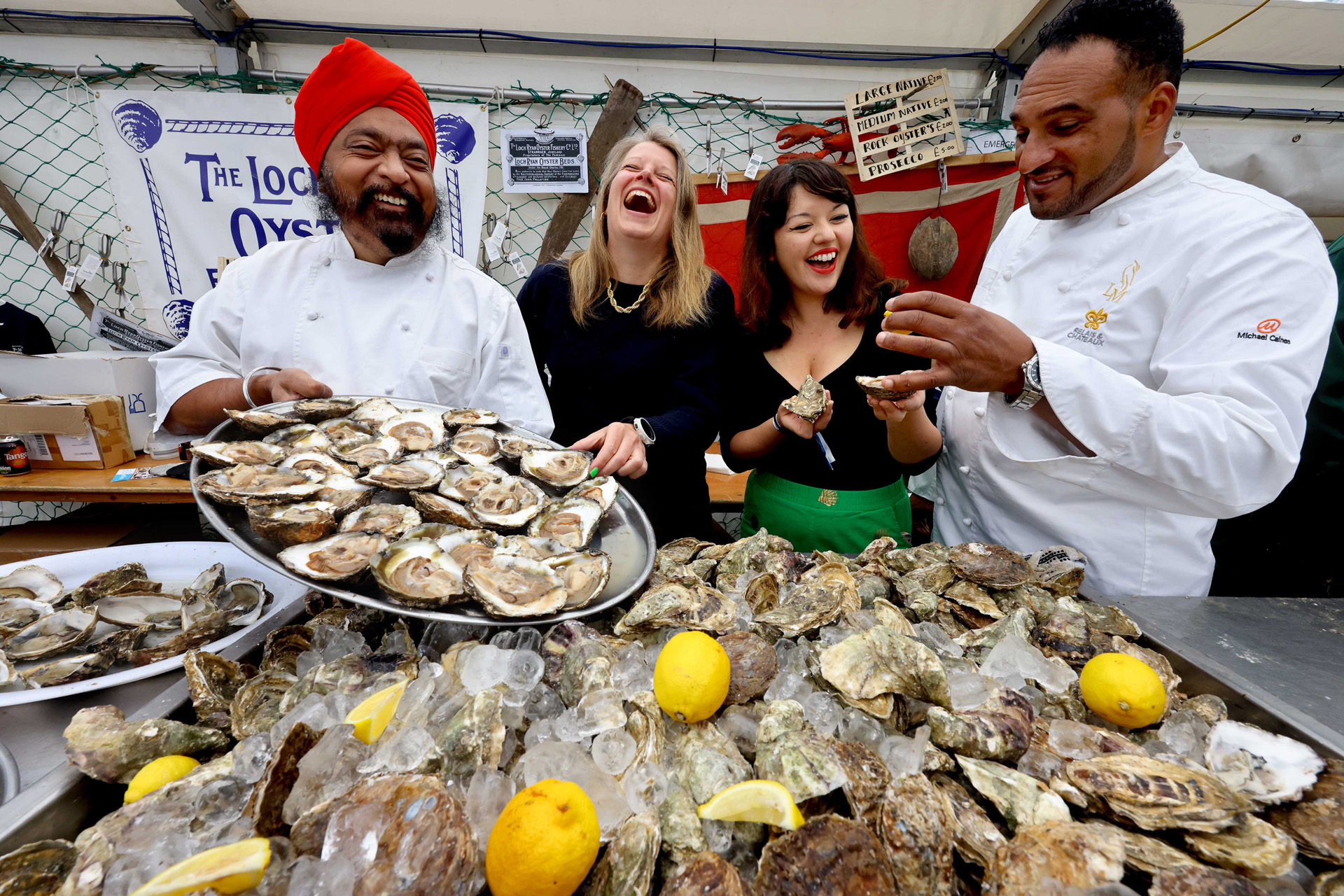
© Stranraer Oyster Festival/
Colin Hattersley
Next time you sink your teeth into a squishy oyster, then, you can think about how much water it has cleaned – and why not ask where your shell will go afterwards? In London, it could be collected by the Essex Native Oyster Restoration Initiative, which gathers old shells from restaurants for use as cultch in Essex estuaries, nurturing the next generation of molluscs.



